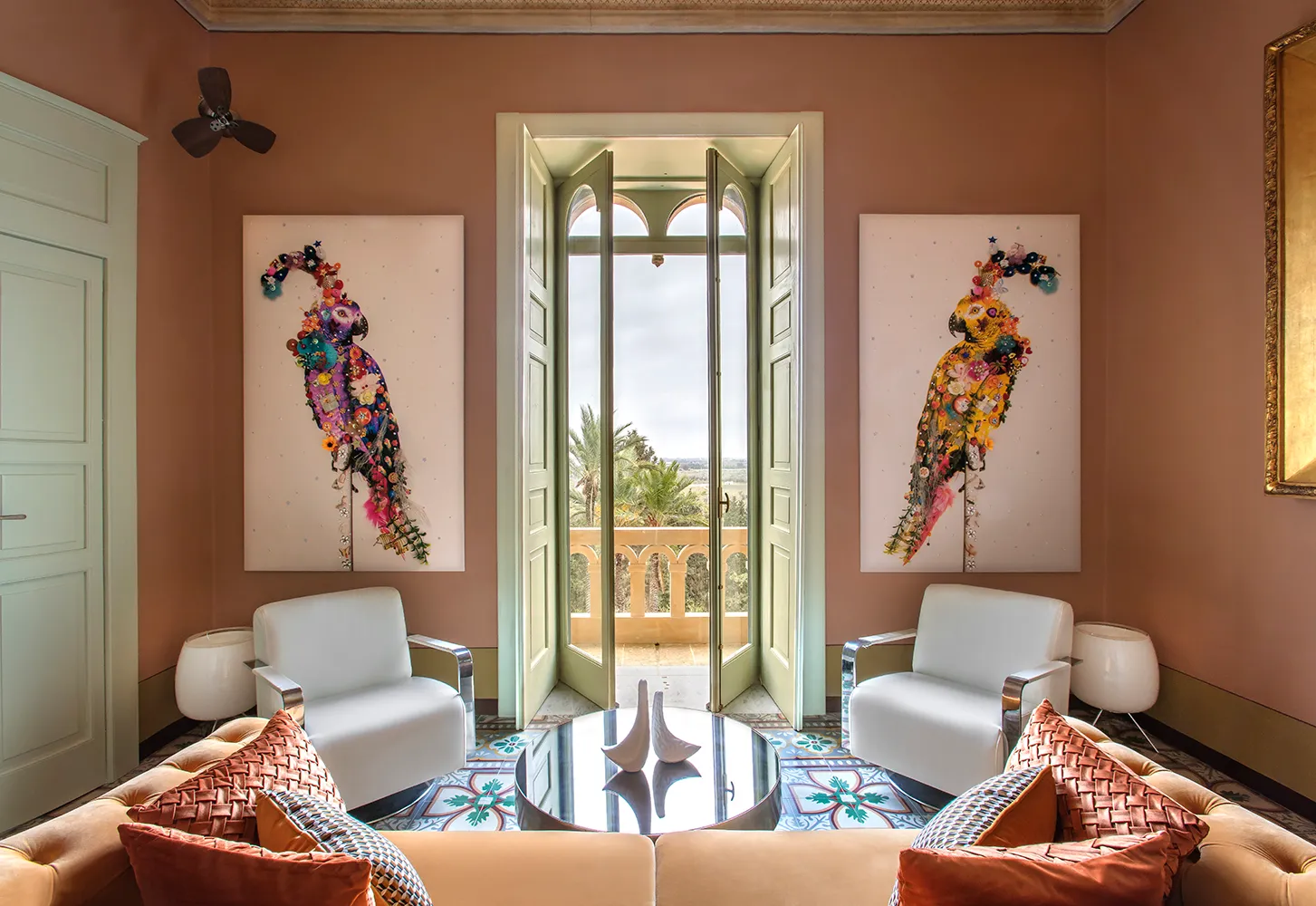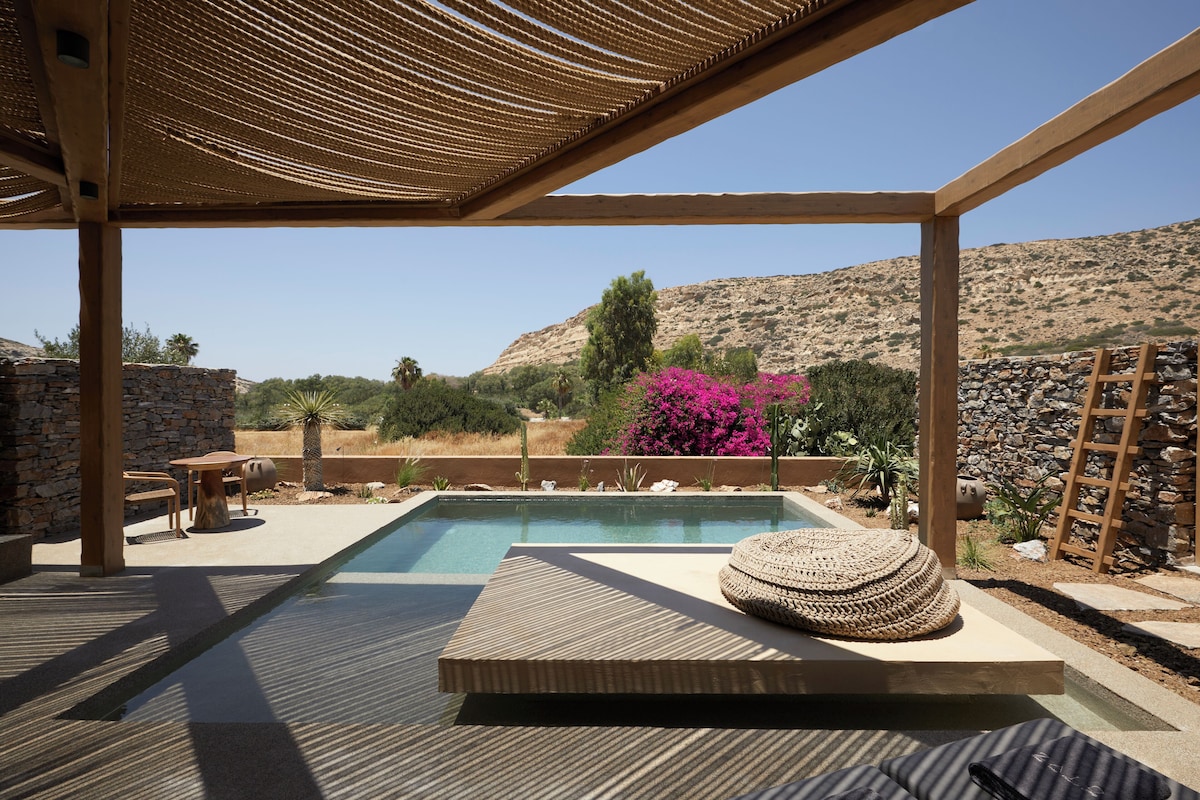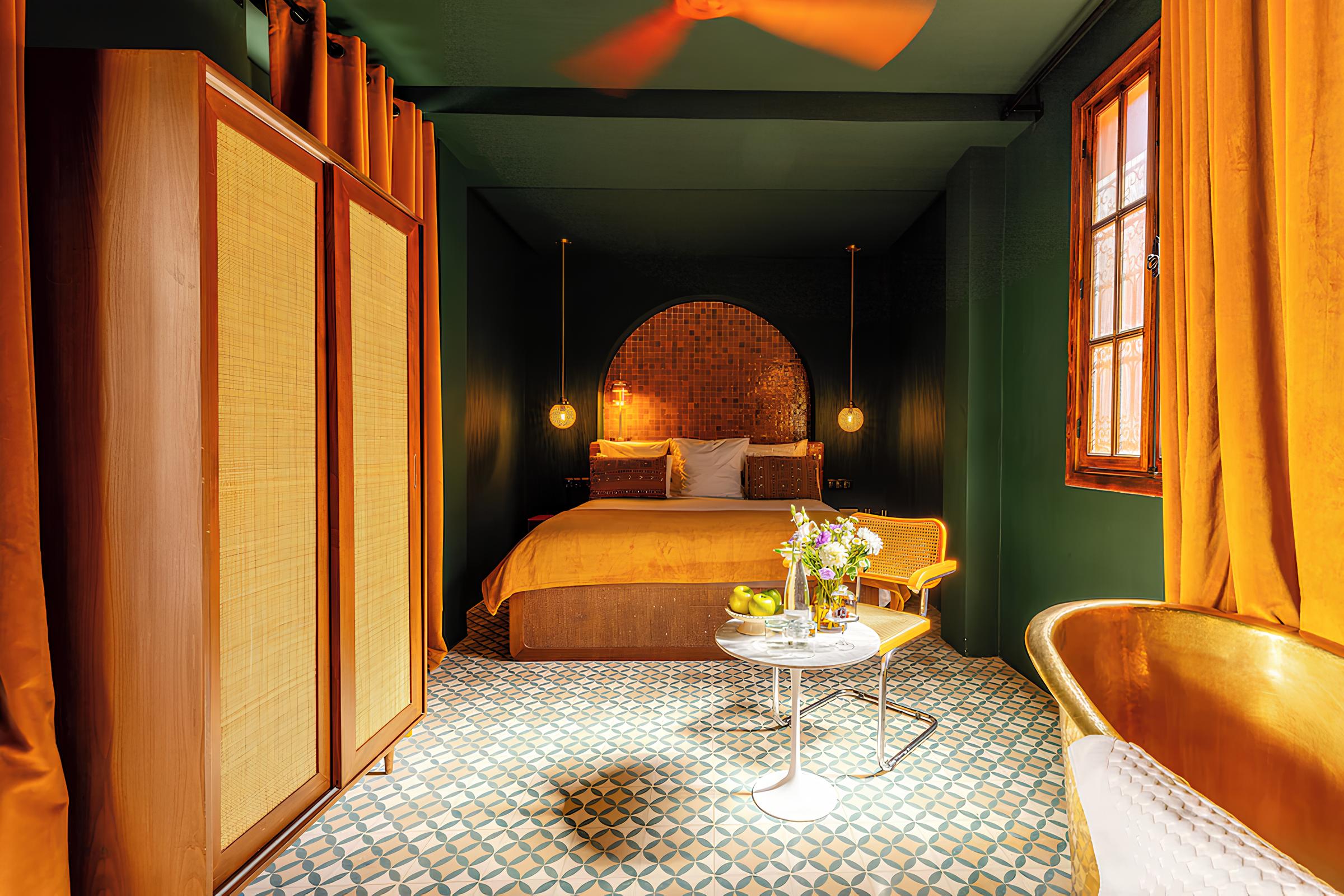The Shape of Serenity: How Design Defines the New Boutique Hotel Era
Explore how architecture and emotion merge in Europe’s new design hotels, where materials, light and stillness redefine the art of hospitality.

In an age when everything travels faster, news, style, even trends, there is something deeply comforting about places that invite you to slow down. The new generation of design hotels does exactly that. They no longer aim to impress with spectacle, but to soothe, to ground, to reconnect you with a sense of balance.
Design has become more than an aesthetic. It’s a language, a form of hospitality in itself. It can calm a room, hold a memory, or tell the story of a landscape without saying a word. Across Europe and beyond, architects and hoteliers are learning to build not for vanity, but for emotion.
Design as a Feeling
Walk into The Brecon, a retreat in the Swiss Alps, and you feel it immediately. The architecture is deliberate in its silence, pale timber, glass, and mountain air replacing ornament. The design invites you to listen: to wind, to snow, to your own breath. This is minimalism not as absence, but as attention.
The same spirit lives, in a softer form, at Soulsisters’ Hotel in Austria. Every curve and colour feels touched by intuition rather than rule. The spaces are feminine, calm, tactile. Clay walls, woven linen and brushed oak create a sense of domestic grace, proof that comfort and character can share the same vocabulary.
These places remind us that good design doesn’t decorate life. It reveals it.
Nature as Architecture
In Crete, Adama, a signature collection blends design and topography into a single gesture. Stone villas open directly to olive groves; courtyards blur the line between indoor and out. The materials are left almost raw, letting sunlight and shadow become part of the architecture.
This new approach, sometimes called “biophilic design”, doesn’t imitate nature, it participates in it. It understands that a view is more than scenery; it’s a pulse that animates a space. The best design hotels today act like mediators between human and landscape.

Heritage, Reimagined
In Porto, Palacete Severo turns historical restraint into a study of proportion and light. Its façade remains a love letter to Portuguese architecture, but inside the rooms, everything breathes. Light wood softens marble; linen curtains play against black iron; and the geometry of the old building becomes an invitation to linger.
The same dance between past and present unfolds in southern Italy, where Castle Elvira reinterprets Puglian masseria life through the lens of art and imagination. Every space feels like a creative manifesto, frescoed walls, contemporary sculptures, bursts of colour against stone. It’s less a hotel, more a living gallery, proving that restoration can also be reinvention.
Design as Identity
The most compelling hotel design now tells a story about place, not prestige. The Mellah Hotel in Marrakech captures this beautifully. Its interiors borrow from Moroccan geometry but translate it with modern restraint, arches turned abstract, patterns softened into texture. It feels global yet unmistakably local, a meditation on heritage rather than a copy of it.
This is the future of hospitality design: not universal templates, but dialects of space. Each hotel becomes an interpretation of its surroundings, a version of stillness shaped by climate, culture and craft.

The Future Looks Human
After decades of excess and repetition, design is returning to its essence: the human experience. Architects are designing for the senses, hoteliers are curating emotion, and travellers are learning to appreciate silence as much as spectacle.
Across Europe, materials are becoming simpler, craftsmanship more visible, and luxury more internal. Light, tactility and proportion have replaced extravagance. It’s no longer about the most photographed room, but the one that feels most alive when you’re inside it.
In this quiet revolution, design has found its truest purpose. It no longer seeks to impress the world outside, it seeks to restore the world within.